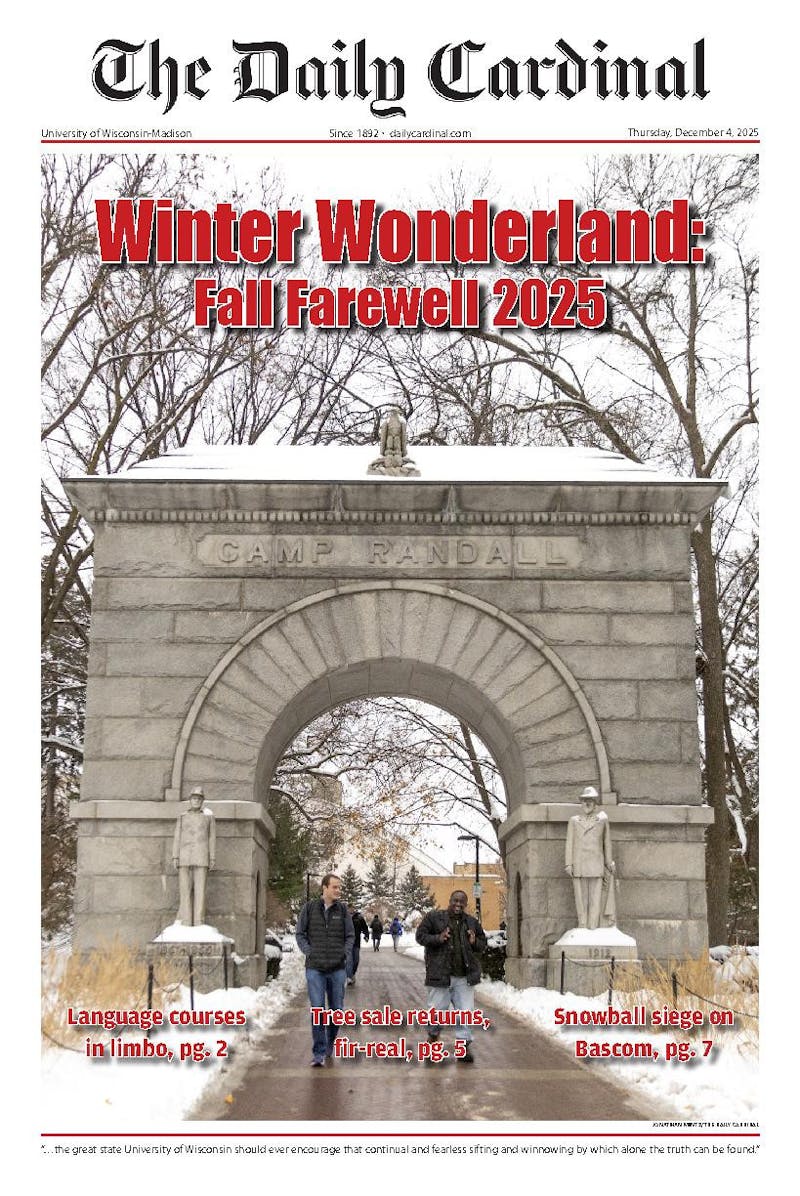Savannah, Henry Vilas Zoo's 10-year-old giraffe, died late last Friday, but she will live on in the students and researchers who visit the UW-Madison Zoological Museum in the Noland Zoological Building.
A zookeeper found Savannah with a serious head injury last Friday after 4:00 p.m., Zoo Director Jim Hubing said. Drs. Jean Par?? and Joanne Paul-Murphy from the UW-Madison School of Veterinary Medicine rushed to help Zoo Veterinarian Dr. Mike Petersen treat the giraffe.
\She was still trying to hold up her head,"" Hubing said.
Savannah's injuries were too severe, however, and she could not be saved.
After undergoing an autopsy, the giraffe's body was taken to the Zoological Museum, where its skeleton will be cleaned, dried and added to the museum's osteology collection. The collection contains the bones of nearly 17,000 animals, according to Elizabeth Pillaert, curator of osteology at the museum.
About 500,000 specimens are stored in rows of lockers and drawers in the museum and catalogued by species. The museum is not open to the public. Instead, it provides UW-Madison students and researchers from around the world with specimens they can use to identify animal remains and study their anatomy.
""All students in zoology end up coming through the museum at some point,"" Pillaert said.
UW-Madison senior Angela Dassow, the museum's preparator, is responsible for cleaning the skeleton and preparing it for display. After she removes most of the flesh, which will be incinerated, she will dry the bones and send them to the bug colony, a room underneath Birge Hall where hungry dermestid beetle larvae will finish cleaning off the flesh.
""We already have a giraffe skin,"" said Paula Holahan, curator of birds and mammals. ""And the bones are of much more use in science.""
It will take about a week for her to prepare the skeleton, Dassow said, but the dermestid beetles will be working on it for four to five months.
Savannah's mate, Raymond, and son, RJ, were hit hard by the loss.
""When Savannah didn't come in that evening, they didn't touch her food,"" Hubing said. ""They just kept watching the door. They obviously miss her.""
The zoo is already looking for a giraffe to replace her, he said, but will have to wait until another zoo can send one here. Meanwhile, Hubing said he is pleased that the zoo was able to donate her body to the university.
""It helps her continue to serve her species,"" he said.





